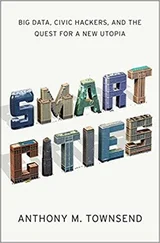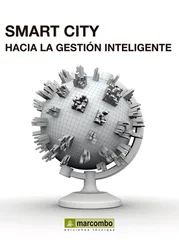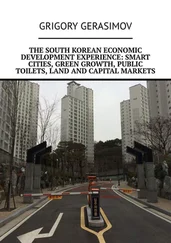Cyberphysical Smart Cities Infrastructures
Здесь есть возможность читать онлайн «Cyberphysical Smart Cities Infrastructures» — ознакомительный отрывок электронной книги совершенно бесплатно, а после прочтения отрывка купить полную версию. В некоторых случаях можно слушать аудио, скачать через торрент в формате fb2 и присутствует краткое содержание. Жанр: unrecognised, на английском языке. Описание произведения, (предисловие) а так же отзывы посетителей доступны на портале библиотеки ЛибКат.
- Название:Cyberphysical Smart Cities Infrastructures
- Автор:
- Жанр:
- Год:неизвестен
- ISBN:нет данных
- Рейтинг книги:4 / 5. Голосов: 1
-
Избранное:Добавить в избранное
- Отзывы:
-
Ваша оценка:
- 80
- 1
- 2
- 3
- 4
- 5
Cyberphysical Smart Cities Infrastructures: краткое содержание, описание и аннотация
Предлагаем к чтению аннотацию, описание, краткое содержание или предисловие (зависит от того, что написал сам автор книги «Cyberphysical Smart Cities Infrastructures»). Если вы не нашли необходимую информацию о книге — напишите в комментариях, мы постараемся отыскать её.
Cyberphysical Smart Cities Infrastructures: Optimal Operation and Intelligent Decision Making,
Cyberphysical Smart Cities Infrastructures
Cyberphysical Smart Cities Infrastructures — читать онлайн ознакомительный отрывок
Ниже представлен текст книги, разбитый по страницам. Система сохранения места последней прочитанной страницы, позволяет с удобством читать онлайн бесплатно книгу «Cyberphysical Smart Cities Infrastructures», без необходимости каждый раз заново искать на чём Вы остановились. Поставьте закладку, и сможете в любой момент перейти на страницу, на которой закончили чтение.
Интервал:
Закладка:
To develop the smart healthcare system, we need to use healthcare networks that are the inter‐ and intra‐connection among the healthcare components like IoT devices and sensors to enhance the process of monitoring and consequent services for patients [4, 13]. The performance of such a system heavily depends on the quality of this network communication or online synchronization with other associated networks (other smart systems in smart cities) that actively contribute to the service operation in a positive way. For example, a healthcare network may take advantage of networks' resources, like energy, in case the system fails to run an operation due to the lack of enough power supply. In this situation, the best solution is connecting this network with other networks for the benefit of both patients and their health and service management reliability [4].
In the processes of making and turning cities into smart cities, we can identify several representative features. According to a research study [14], the scientists investigated a period of 10 years of work from 2008 to 2018 and discovered that smart cities might have some features in common. The most interesting features in Figure 2.1[9, 14, 15] are smart economy, smart people, smart governance, smart mobility, smart environment, smart energy, and smart living that are shown in Figure 2.1. As shown in Figure 2.1, although each feature represents the importance of itself to smart cities, they all are interrelated to each other. Each feature has direct or indirect impact on others. Furthermore, proposed decision‐making solutions used in smart cities are multi‐criteria decision making (MCDM), mathematical programming (MP), AI, and integrated method (IM). In this study, we aim to discover AI solutions, particularly machine learning and deep learning (DL) approaches rather than others, for smart mobility.
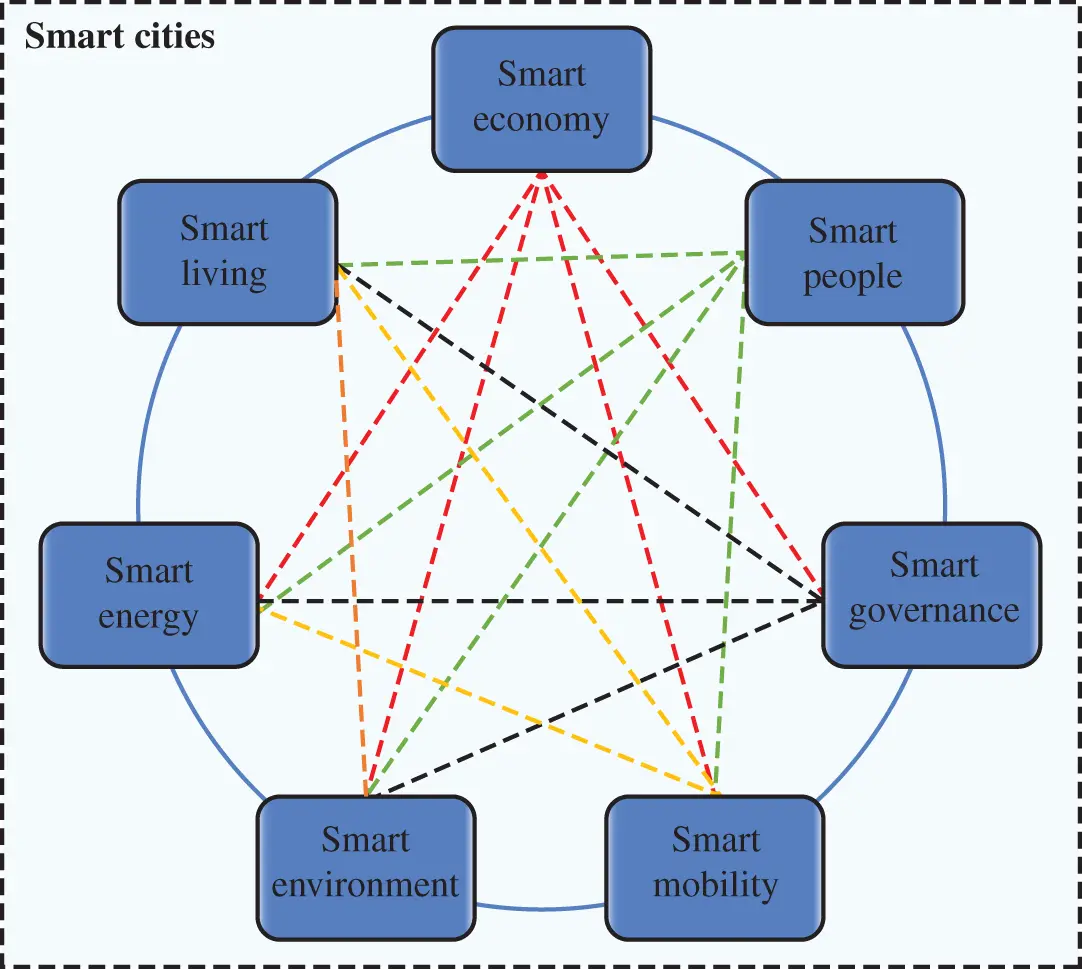
Figure 2.1 Smart cities main features.
2.2 Role of Machine Learning in Smart Cities
Current advanced technologies in sensors and IoT devices make it essential in leveraging AI, particularly machine learning, to model the data for further application [16, 17]. The IoT devices are considered as the most important and unavoidable parts of smart cities. These devices provide a huge amount of data depending on which applications are going to be used, such as healthcare and transportation applications [18].
IoT technologies have proliferated in many fields, such as smart healthcare [13, 19] and smart home systems like Alexa [20, 21], specifically in urban cities, turning them into smart cities. Thus, the huge usage of IoT technologies plays a pivot role in generating big data that requires solutions to analyze and keep track of smart cities' activities. This big data analysis [22] provides invaluable knowledge to integrate all smart cities' sources like IoT and networks. As smart cities and their data grow, this analysis process may become challenging for future decision making. In Section 2.3, we address this problems and discuss possible solutions that have been proposed thus far. Researchers in [23] proposed a new solution to leverage citizen‐centered big data analysis to apply to smart cities, which is to determine a path for implementation of citizen‐centered big data analysis for the sake of decision making. This solution's main goal is to provide imperative perspectives: data analysis algorithms and urban governance issues [23].
Furthermore, researchers in [24] provided several DL applications in smart cities, such as smart governance, smart urban modeling, smart education, smart transportation, intelligent infrastructures, and smart health solutions. Additionally, the challenges of using DL toward smart cities are also addressed. However, still the problem of decision making in smart cities remains challenging. In Section 2.3, we address the problems and highlight the possible solutions.
2.3 Smart Cities Data Analytics Framework
There are plenty of research studies accomplished in smart cities like [25], which is an intelligent decision computing solution for crowd monitoring. In this section, we dig into smart cities applications, and the foundation of techniques is developed upon by establishing a universal smart cities data analytics framework, which is elaborately depicted in Figure 2.2. This framework has three main sections: data capturing, data analysis, and decision making. We elaborate on each in separate sections.
2.3.1 Data Capturing
Smart cities have been engulfed with too much data that requires the management department to control and monitor the cities, but this department is cost and time inefficient. Hopefully, due to domains (features of smart cities), these data, which are grouped automatically into domains, create particular big data for each domain separately. IoT devices used to gather data for healthcare are completely different from the ones that are developed specially for traffic control (i.e. why we need to categorize the data into groups of domains to create certain technical big data for each domain). According to Figure 2.2, we provide six different samples of sensors and IoT devices, such as smart phones, smart cameras, smart thermometers, smart users with sensors, smart cars, and smart houses. The variations of sensors enable a data center to receive different types, ranges, and values of data from objects. Here, we highlight the current upcoming challenges with associate solutions.
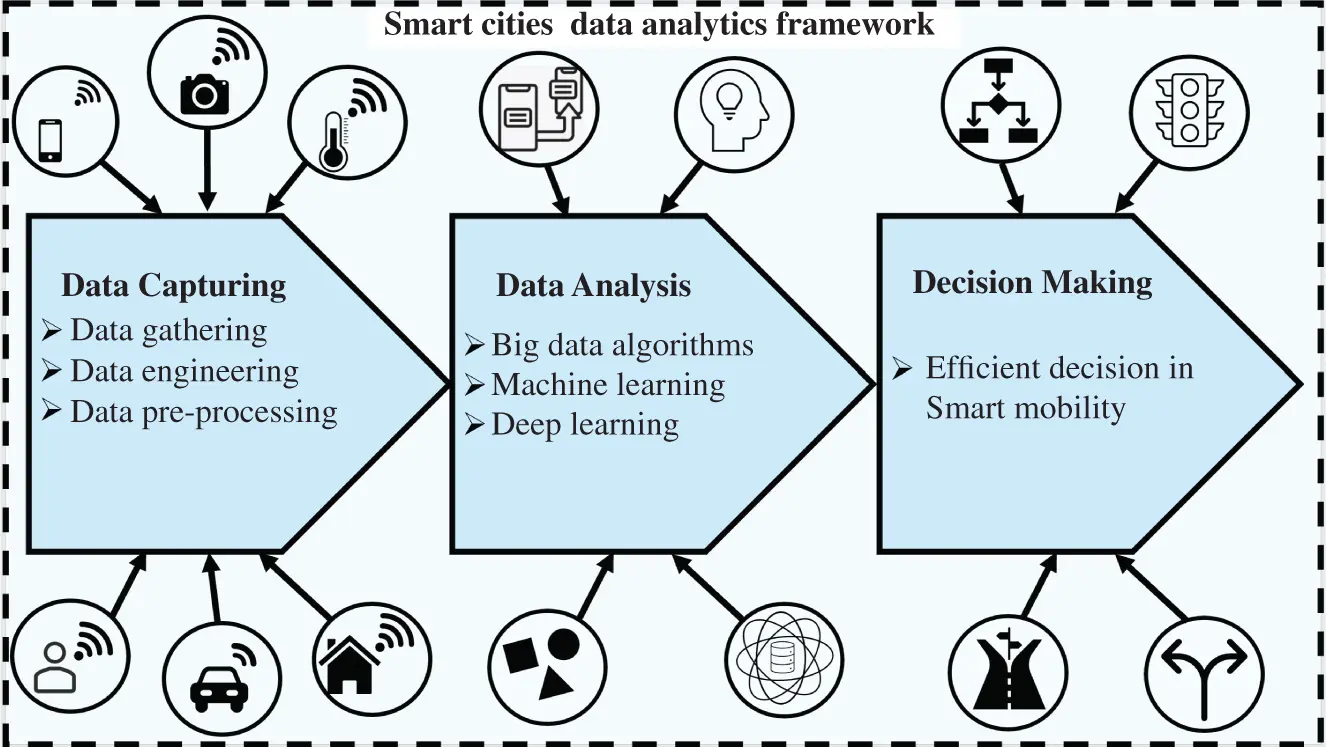
Figure 2.2 Smart cities data analytics framework.
 Challenges:The process of data gathering in smart cities has been enhanced yet remains challenging due to the lack of enough equipment in every place we aim to monitor and make decisions for that region, like relaying traffic information. No matter our focus, whether in smart healthcare mobility or other areas of interest, IoT devices and other sensors may still fail to capture all data correctly or may miss data entirely due to their limited storage and inefficient time‐scales.
Challenges:The process of data gathering in smart cities has been enhanced yet remains challenging due to the lack of enough equipment in every place we aim to monitor and make decisions for that region, like relaying traffic information. No matter our focus, whether in smart healthcare mobility or other areas of interest, IoT devices and other sensors may still fail to capture all data correctly or may miss data entirely due to their limited storage and inefficient time‐scales.
In addition to that, data have proliferated significantly and are produced from heterogeneous sources. Therefore, the types of data vary from video and images to digits or strings and need particular procedures to convert all of the data into single unit measurements. These measurements enable us to run machine learning algorithms and other DL algorithms on the data readily to make optimum decisions.
 Solutions:Preprocessing plays a pivotal role in managing missing information and values within the generated dataset. There are some basic and advanced approaches [26] to handle the missing values, and also, there are tools and techniques to select important and relevant features like IFAB [27] using artificial bee colony to get rid of irrelevant features and ensure the genuineness and reproducibility of the results [28].
Solutions:Preprocessing plays a pivotal role in managing missing information and values within the generated dataset. There are some basic and advanced approaches [26] to handle the missing values, and also, there are tools and techniques to select important and relevant features like IFAB [27] using artificial bee colony to get rid of irrelevant features and ensure the genuineness and reproducibility of the results [28].
To handle the heterogeneous problem, data engineering [22] is responsible for managing and analyzing the input data and adding labels to data left unlabeled. This requires experts and time; thus it is not cost and time efficient. Therefore, leveraging big data algorithms helps to tune and analyze the data properly.
Читать дальшеИнтервал:
Закладка:
Похожие книги на «Cyberphysical Smart Cities Infrastructures»
Представляем Вашему вниманию похожие книги на «Cyberphysical Smart Cities Infrastructures» списком для выбора. Мы отобрали схожую по названию и смыслу литературу в надежде предоставить читателям больше вариантов отыскать новые, интересные, ещё непрочитанные произведения.
Обсуждение, отзывы о книге «Cyberphysical Smart Cities Infrastructures» и просто собственные мнения читателей. Оставьте ваши комментарии, напишите, что Вы думаете о произведении, его смысле или главных героях. Укажите что конкретно понравилось, а что нет, и почему Вы так считаете.
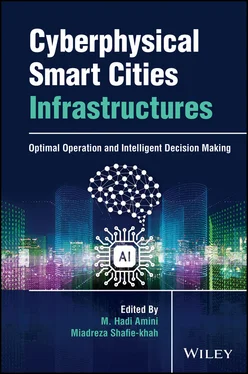
![Чарльз Диккенс - A Tale of Two Cities [С англо-русским словарем]](/books/26616/charlz-dikkens-a-tale-of-two-cities-s-anglo-thumb.webp)

